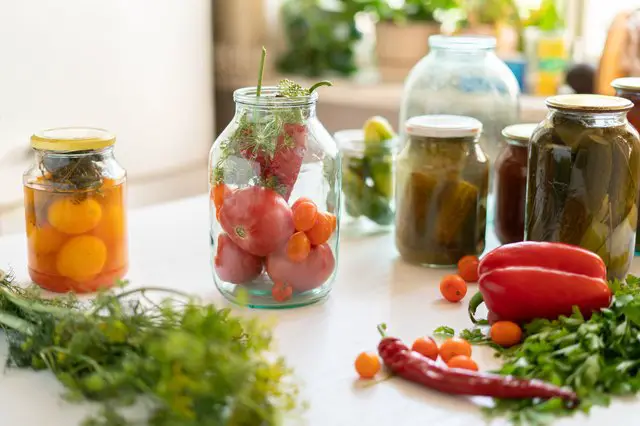There are countless reasons why people use home canning as a measure to preserve their food. But just like anything else, there are a couple of disadvantages to home canning. And because it is also essential to know some of the cons of your most preferred preservation method, this guide quickly highlights some of them. Let’s cut to the chase.
Disadvantages to Home Canning
1. Time Commitment
One of the disadvantages to home canning as your #1 preservation method is the time it takes. Honestly, the time needed to get this done is more demanding for a beginner.
For instance, you will need to take some time and brainstorm products that you’d want to process and their recipes. If you operate a garden, you will need to spare some time harvesting the crops you intend to preserve.
In case you have no garden, you might want to take some time shopping to find the best product you may want to preserve.
2. Canning Equipment
There are a couple of canning equipment specifically designed to help you with this if you choose to home with your supplies or produce. Some of the canning equipment include pressure canners, measuring tools, large canners, recipe books, pH testing tools, racks, temperature gauges, tongs. You might also need lids, jars, labels, among others.
3. Financial Investment
One of the disadvantages to home canning is the financial investment you will need. And nearly all people who would like to dive into home canning will experience this.
The equipment listed in this piece will require some upfront financial investment. For example, you will have to purchase canners, pH testers, caps, lids, labels, measuring tools, among others.
You should save some money early enough, especially when you have decided to start a home canning business. This will at least make it easier for you when you are ready to launch your home canning business.
4. Losses
Let’s face it – freshly harvested farm produce tastes better compared to processed foods. This is because a lot of nutrients are lost during the canning process.
Because enzymes are vulnerable to canned products, they are often subjected to high temperatures, which stops the enzymatic action responsible for ripening. If these enzymes aren’t eliminated, the chances are that your canned products will over ripen and eventually spoil.
5. Potential Health Risk
Now, have you have all the canning recipes and equipment at hand, but have you thought about the potential health risks that come with canning? It would be best if you know the health risks of canning before you can consider it.
The health risks are a result of contamination during the preparation period. This is common, especially when high levels of sanitary isn’t achieved.
Bottom Line
Even though there are a ton of disadvantages to home canning, it is still a better way to preserve your produce. And the good news is that you can bypass some of these disadvantages with proper planning and attitude. For instance, you can start saving early enough to purchase your home canning equipment. You can also research a few things about home canning and decide whether this is for you.



